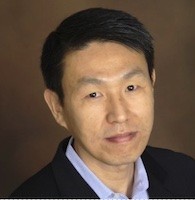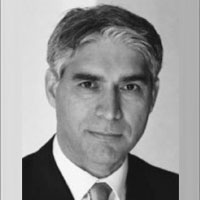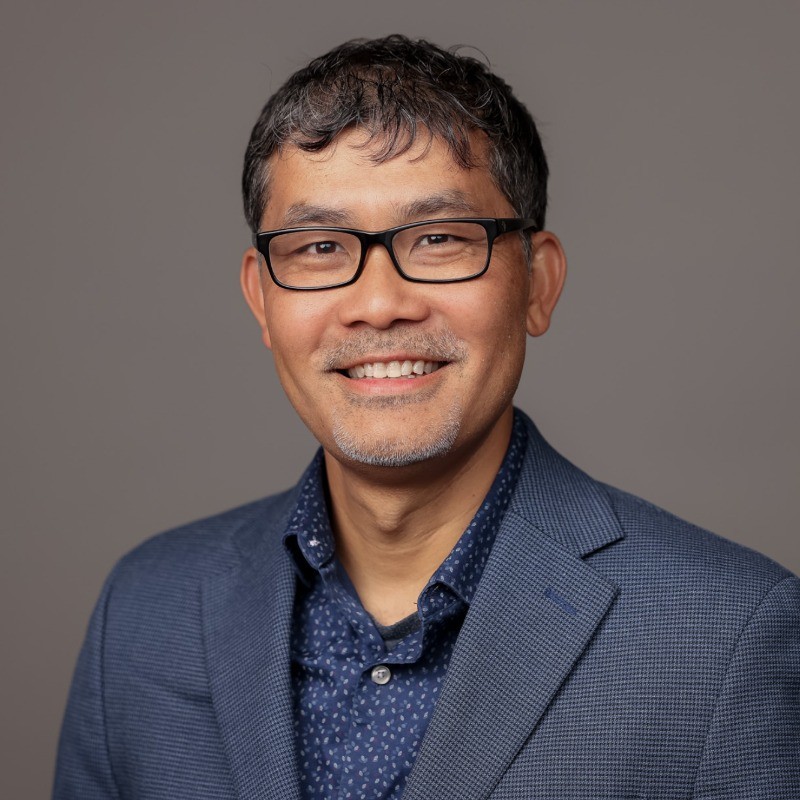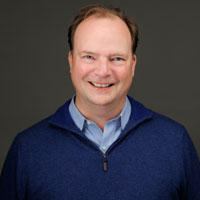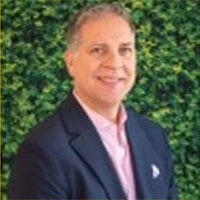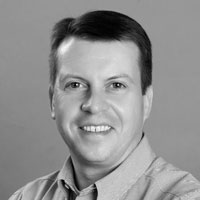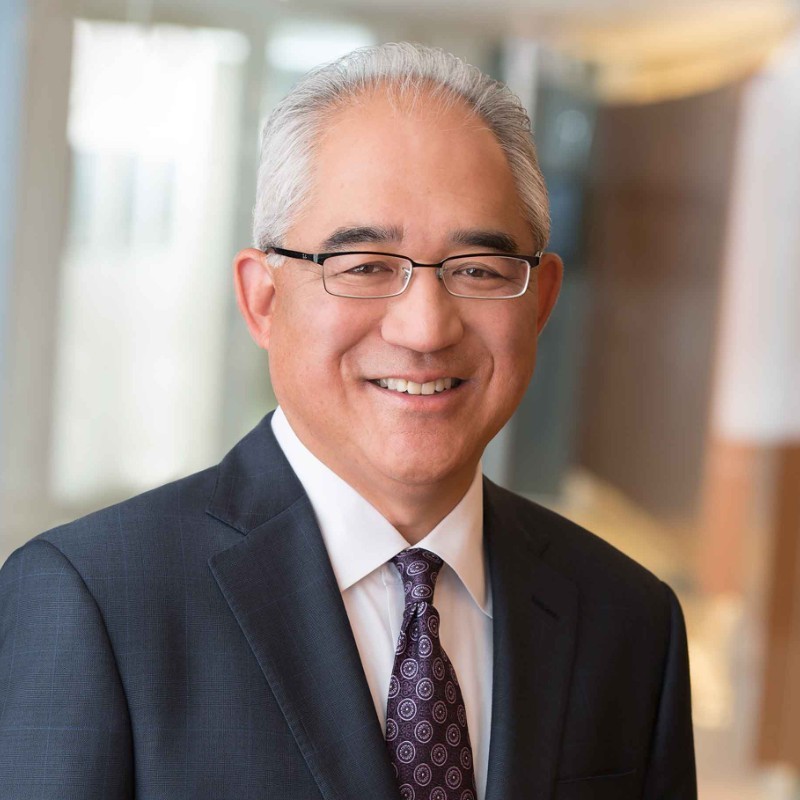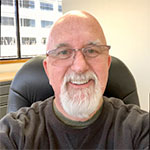By the numbers, Sensors Converge 2023 was larger than the previous year — an increase following the problematic pandemic era — but these numbers do not disclose the qualitative aspects of the evolving sensors and related electronics industry segments, such as IoT and the impact of AI/ML, that were present at the event.
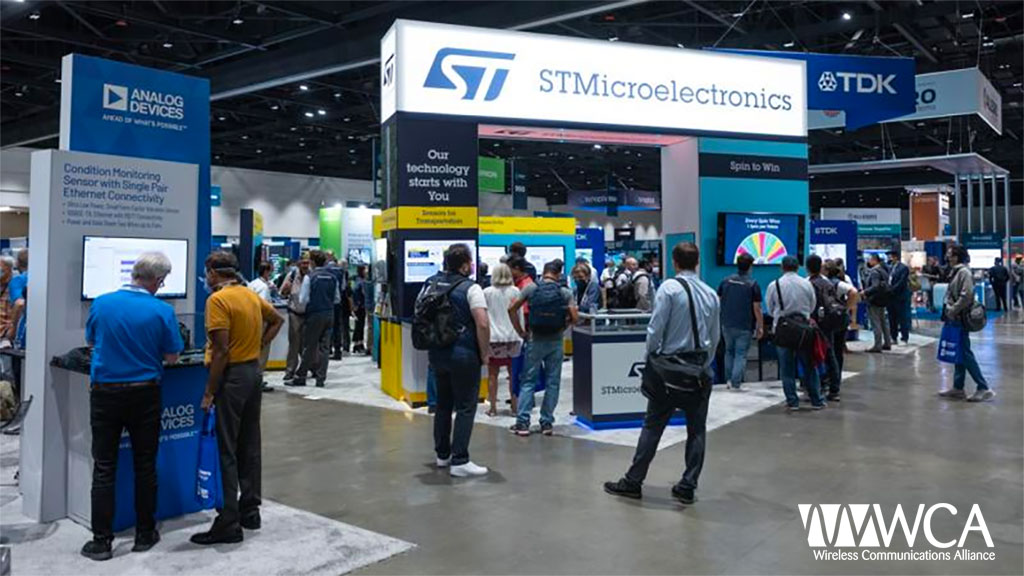
The WCA hosted a thought-provoking round table discussion titled “The Smarts Behind Smart Cities & Smart Farms using Sensors in IoT.” Additionally, the WCA pavilion featured insightful presentations by Voler Systems. atSign, Sensitel CRATUS and The Amplify Platform. For further details, please visit our dedicated Sensor Converge 2023 page.
The WCA hosted a thought-provoking round table discussion titled “The Smarts Behind Smart Cities & Smart Farms using Sensors in IoT.” Additionally, the WCA pavilion featured insightful presentations by Voler Systems. atSign, Sensitel CRATUS and The Amplify Platform. For further details, please visit our dedicated Sensor Converge 2023 page.
Several of the largest semiconductor and sensor manufacturers (TDK, STMicroelectronics, Robert Bosch, Renesas, Arduino, Infineon, Murata, Powerfilm, Kore, NXP, and others) exhibited, while dozens of conference sessions covered topics such as wireless harvesting and flexible, wearable sensors. The opening session on the state of the sensors industry drew a capacity audience.
Keynote speakers such as Christian Peters from Robert Bosch described how sensors have been used in airbags and tires to detect pressure loss and save lives. In a WISE (Women in Sensor Engineering) keynote panel discussion, four female executives working with various femtech products that collect data on women’s health, from sexuality to pregnancy to menopause, spoke candidly. A portion of the most candid and critical banter concerned the fact that for decades, medical research has relied primarily on testing drugs and devices on males and not nearly enough on women.
And what electronic event could be held without mentioning the ongoing, but unquestionably alleviated, chip shortage? A panel of experts discussed how a secondary benefit of the pandemic and chip shortage was the opportunity to teach Congress and the general public how chips essentially control everything. Some panelists lauded the passage of the US CHIPS Act a year ago, but questioned its efficacy in comparison to other countries’ semiconductor industry government support.
Despite these concerns, Sensors Converge 2023 also celebrated the engineering prowess of both large corporations and entrepreneurs with a Best of Sensors Awards ceremony.
In general, the event’s central themes centered on the interrelationships between wireless, sensors, and peripheral computing technologies. This is not only the viewpoint of this reporter, but also that of Shawn Luke at Digi-Key. “This show was sensors meets wireless meets edge” he said. Luke is an engineer with two engineering degrees and an MBA who recently began an unusual position at Digi-Key researching what’s new in the rapidly expanding electronics industry.
Luke has spent time attempting to assist Digi-Key purchasers in locating products online, and as a result, he has devised a sort of Dewey Decimal system for electronics that divides the electronics parts universe (as seen by parts distributor Digi-Key) into four categories: power, sensors, wireless, and microcontrollers.He has two categories of sensors: environmental and orientation/presence sensors. “That covers it,” he said. (Who is disputing?)
At Sensors Converge, the lengthy debate over using sensors and processors at the periphery (rather than pushing data to the cloud) was alive and well. TDK displayed various applications of its recently released InvenSense Smart Bug 2.0, which debuted three years after its predecessor. In addition to incorporating multiple sensors and wireless capability into a compact package, TDK has also incorporated machine learning. As TDK demonstrated, when the flaw is applied to exercise equipment, it can interpret the user’s exercise movements; for instance, it can detect profound knee bends, etc.
SmartBug 2.0 also garnered a Best of Sensors award in the category of data acquisition and analytics, while TDK USA CEO Jim Tran was named executive of the year.
This type of technology is an example of how multiple vendors are assisting product manufacturers in avoiding cloud data storage. Other TDK technology is being developed to enable the use of simple voice commands (up, down, off, on) without the need to communicate to the cloud.
In addition to the exhibited technological prowess, a career desk attracted young engineers and students who interacted with college recruiters and exhibitors.
Next year’s Sensors Converge will return to Silicon Valley on June 18-20, 2024, at the Santa Clara Convention Center.
Source: Fierce Electronic




